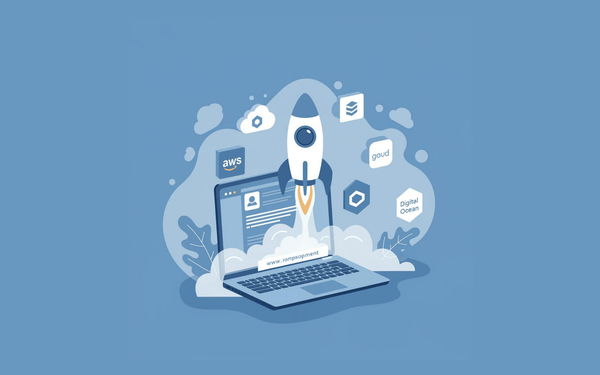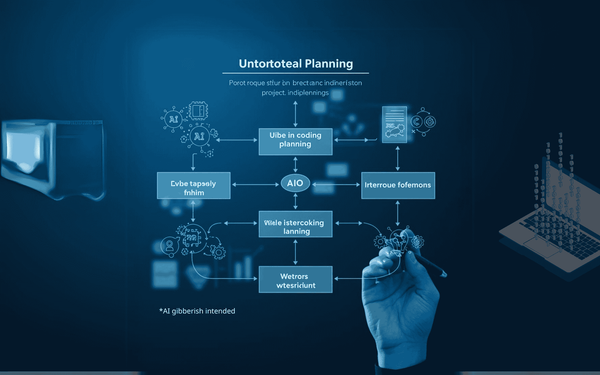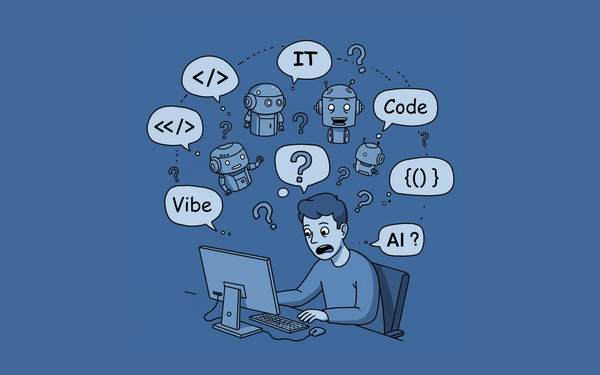Vibe Coding: Lessons Learned and Future Possibilities

Welcome to the final installment of this vibe coding journey series, fellow adventurers in the world of AI-assisted web development! We've come a long way together – from conceptualization to deployment, with plenty of twists and turns along the way. Now, it's time to reflect on what we've learned and peek into the exciting future of vibe coding for non-programmers like us.
Lessons Learned: The Good, The Bad, and The Insightful
- AI is a Powerful Ally, Not a Magic Wand
Throughout this project, AI tools like Claude-3-Haiku and Claude-3.7-Sonnet were invaluable. They guided me through planning, generated code, and helped troubleshoot issues. However, they didn't do everything for me. The key was learning how to ask the right questions and interpret the responses effectively.
Takeaway: Treat AI as a knowledgeable colleague, not a replacement for human insight and decision-making.
- Basic Tech Literacy is Crucial
While vibe coding makes web development more accessible, having a foundational understanding of coding concepts, infrastructure, and hosting is still important. In the conversation with the AI bots on vibe coding, you would come across many jargons like framework names (Vue.js in my case), library names, i18n for localization, API integration, lighthouse scoring for SEO, CI/CD for deployment process, DNS records, etc. etc. This knowledge helped me navigate challenges and make informed decisions throughout the project.
Takeaway: Invest time in building your tech literacy. It'll pay dividends in your vibe coding projects.
- Flexibility is Your Best Friend
From pivoting deployment strategies to troubleshooting unexpected issues, this project reinforced the importance of staying flexible. The ability to adapt and find alternative solutions is crucial in the ever-changing world of tech.
Takeaway: Embrace change and be ready to pivot when your initial plans don't work out.
- Testing is Non-Negotiable
The post-deployment bug I encountered was a stark reminder of the importance of thorough testing, especially in production environments. What works locally might behave differently when live.
Takeaway: Always allocate time for comprehensive testing, particularly after deployment.
- Project Management Skills are Transferable
My background in IT project management proved invaluable, even in this unconventional development process. Skills like problem-solving, resource allocation, and risk management all came into play.
Takeaway: Don't underestimate the value of your non-technical skills in tech projects.
Future Possibilities: Where Vibe Coding Can Take Us
- Rapid Prototyping
Vibe coding has immense potential in the world of rapid prototyping. Non-programmers can quickly bring ideas to life, test concepts, and iterate based on feedback – all without extensive coding knowledge. - Democratizing Web Development
As AI tools become more sophisticated, we're likely to see even more non-programmers entering the web development space. This democratization could lead to a diverse range of innovative websites and applications. - Bridging the Gap in IT Teams
Vibe coding could become a valuable tool for project managers, designers, and other non-programming team members to better understand and contribute to development processes. - Educational Opportunities
The concept of vibe coding opens up new avenues for teaching web development. It could serve as a stepping stone for those intimidated by traditional coding, gradually introducing more complex concepts. - AI-Human Collaboration
As we've seen in this project, the real power lies in the collaboration between human creativity and AI capabilities. The future of web development might see even more seamless integration of AI assistants in the development process.
Tips for Your Vibe Coding Journey
- Start Small: Begin with a simple project to get comfortable with the process.
- Document Everything: Keep detailed notes of your interactions with AI, decisions made, and challenges faced.
- Build a Knowledge Base: Create a personal library of prompts, code snippets, and solutions for future reference.
- Join a Community: Connect with other vibe coders to share experiences and learn from each other.
- Stay Curious: The field of AI-assisted development is evolving rapidly. Stay open to learning new tools and techniques.
Conclusion: The Dawn of a New Era in Web Development
As we wrap up this series, I hope you're as excited about the possibilities of vibe coding as I am. This journey has shown that with the right tools, mindset, and a bit of perseverance, non-programmers can create professional, functional websites.
Is vibe coding perfect? No. Does it replace the need for professional developers? Absolutely not. But it does open up a world of possibilities for those of us who have ideas but lack traditional coding skills. It's a bridge between creativity and technical implementation, allowing more people to bring their digital visions to life.
Remember, every expert was once a beginner. If you're intrigued by what you've read in this series, I encourage you to give vibe coding a try. Start small, be patient with yourself, and don't be afraid to ask for help – whether from AI assistants or human experts.
As we stand at the cusp of this new era in web development, I'm thrilled to see where vibe coding will take us next. The fusion of human creativity and AI assistance is creating unprecedented opportunities in the tech world, and I, for one, can't wait to see what we'll create together.
Ready to stay at the forefront of this exciting field? Don't forget to subscribe to my newsletter. I'll be sharing more insights, tips, and updates on vibe coding and AI-assisted development. Together, we'll explore the cutting edge of technology and turn our wildest web dreams into reality. The future is here, and it's vibrant with possibilities!



